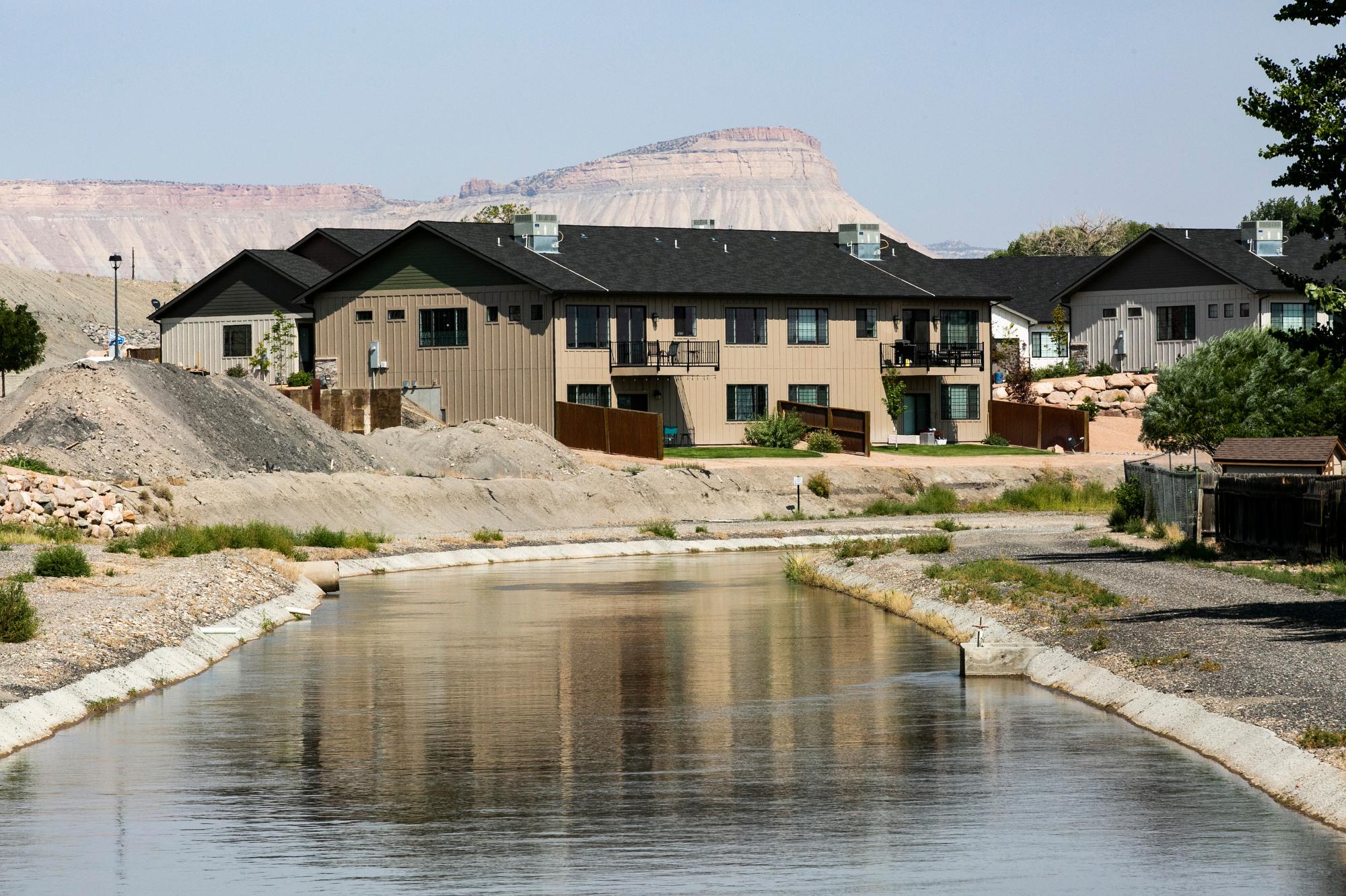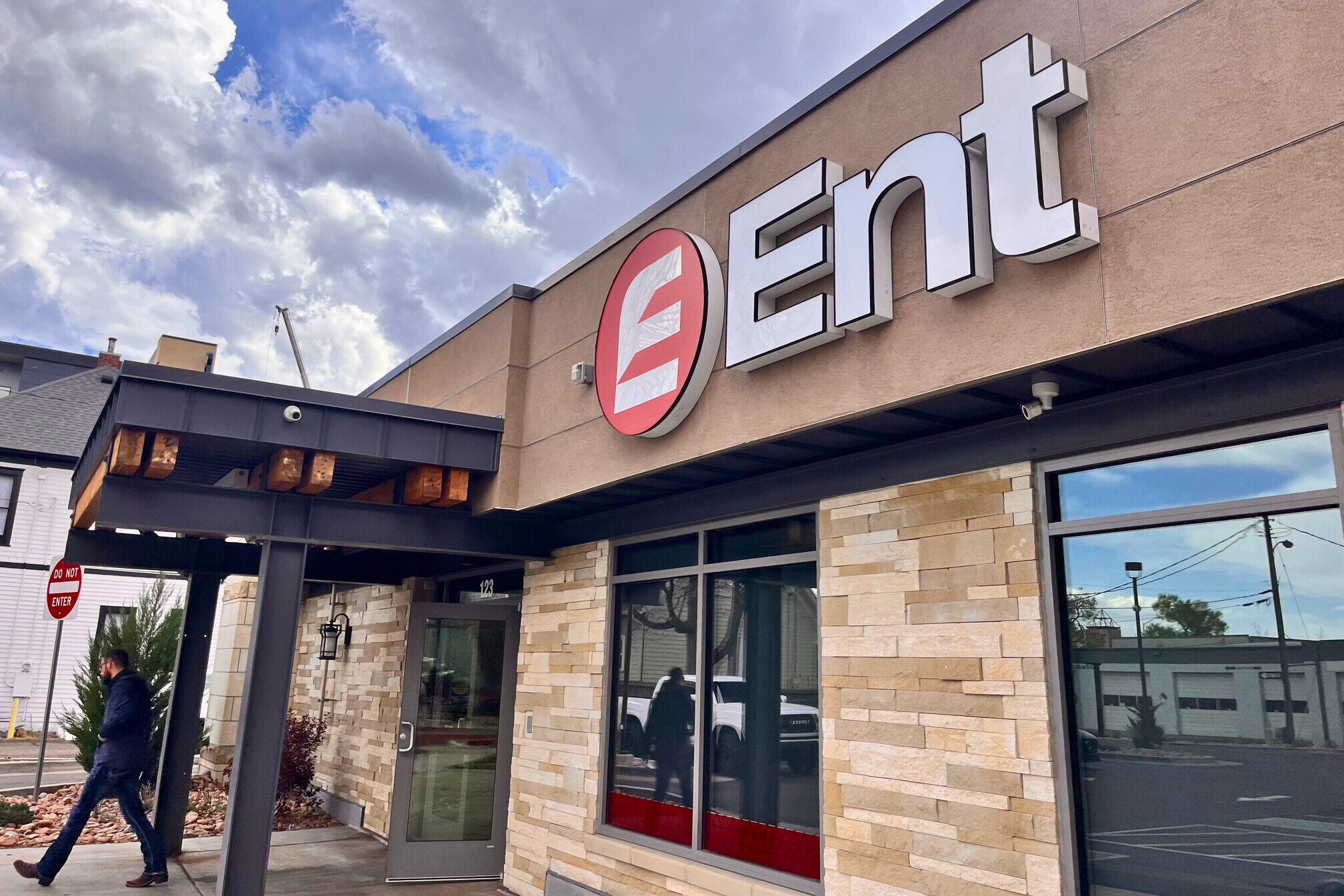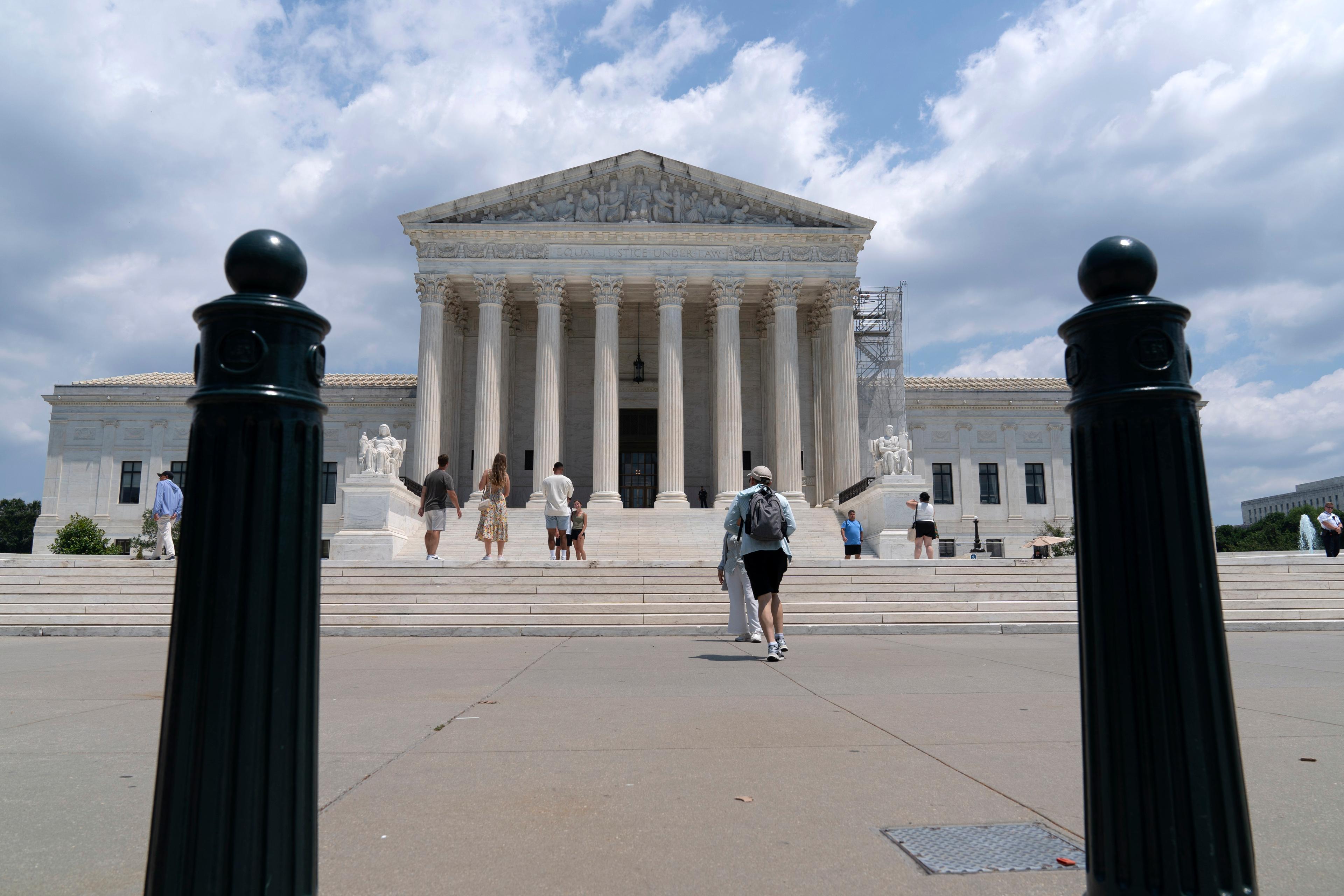
Western Colorado just experienced its second-hottest summer on record, according to monthly analysis from the Colorado Climate Center. The hottest summer recorded was in 2018.
Over the last 10 years, seven summers in western Colorado have been hotter than average, state researchers write in the report.
Parts of Colorado’s Western Slope have already warmed 3.6 degrees Fahrenheit — double the national average. The area is considered a climate hotspot.
The higher temperatures lead to less snowpack building up in the mountains, which means there’s less water to make it into streams when it melts. Drier soils and a thirstier atmosphere mean extreme drought conditions for the West, where farmers and ranchers are struggling to adapt to climate change.
Water supplies are dwindling, and the Colorado River is struggling to supply millions of people in the Western U.S. and Mexico.
Statewide, 2021 recorded the fourth-hottest summer on record, according to the report.
Rain from the North American Monsoon brought some relief to the west and southeast parts of the state. But the summer was record-dry for some parts of the Eastern Plains, and areas around Washington and Yuma counties recorded their lowest precipitation. Drought has started to creep back in.
- Pueblo’s Comanche Coal Plant Is Closing Earlier Than Expected. Is Its Future With Nuclear, Or Renewables?
- Climate Change Is Worsening Ozone Problems On The Front Range. Hispanic Communities Feel It The Most
- As Colorado Announces Its Own Climate Corps, Democrats Push For A Far More Expansive National Version









